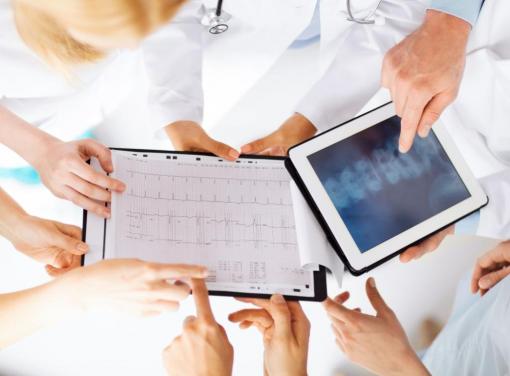Asseco to provide an IT system for the hospital in Zabrze

The Specialist Hospital (Szpital Specjalistyczny) in Zabrze has chosen an IT system developed by Asseco – AMMS. This solution will allow for the provision of e-health services. The contract is worth nearly PLN 2.7 million (gross).
The Specialist Hospital in Zabrze is going to launch electronic medical records, enabling its patients and employees to use e-services. Therefore, the hospital will need to apply innovative information technology, including the necessary hardware and software. This project will be carried out by Asseco which is going to implement its proprietary Asseco Medical Management Solutions (AMMS) and supply the required infrastructure, including servers, matrices, desktop PCs, clinical tablets and printers. The project is scheduled to be completed in June 2015.
Asseco will deploy a number of applications at the hospital in order to support the work of its outpatient clinic, surgical block, diagnostic laboratories, as well as the hospital pharmacy. Furthermore, this implementation will include the Business Intelligence module to enable effective management of the medical facility. The company will be also responsible for providing e-learning trainings to the hospital employees.
In recent years, the Specialist Hospital in Zabrze has taken a number of measures aimed at modernizing its facilities and improving the quality of patient care. The hospital provides treatment to its patients at the wards of Laryngology, Cardiology, Internal Medicine, Dermatology and Allergology, General and Bariatric Surgery, and Emergency Medicine. The facility also runs 12 clinics and 9 diagnostic laboratories.
***
AMMS is a comprehensive IT solution dedicated to large and medium-sized hospitals, polyclinics, medical centers, outpatient clinics and emergency departments. The solution provides support for the hospital’s medical departments (HIS) and administrative departments (ERP). AMMS features a number of functionalities for the identification of patients, including registration of referrals with the help two-dimensional barcodes as well as retrieval of patient data from identity documents. It also enables printing and reading of doctor referrals in the encoded form. Transmission of such documents in electronic format between different medical centers reduces the time of patient registration and admission, while eliminating errors that might occur due to incorrect reading of handwriting.
